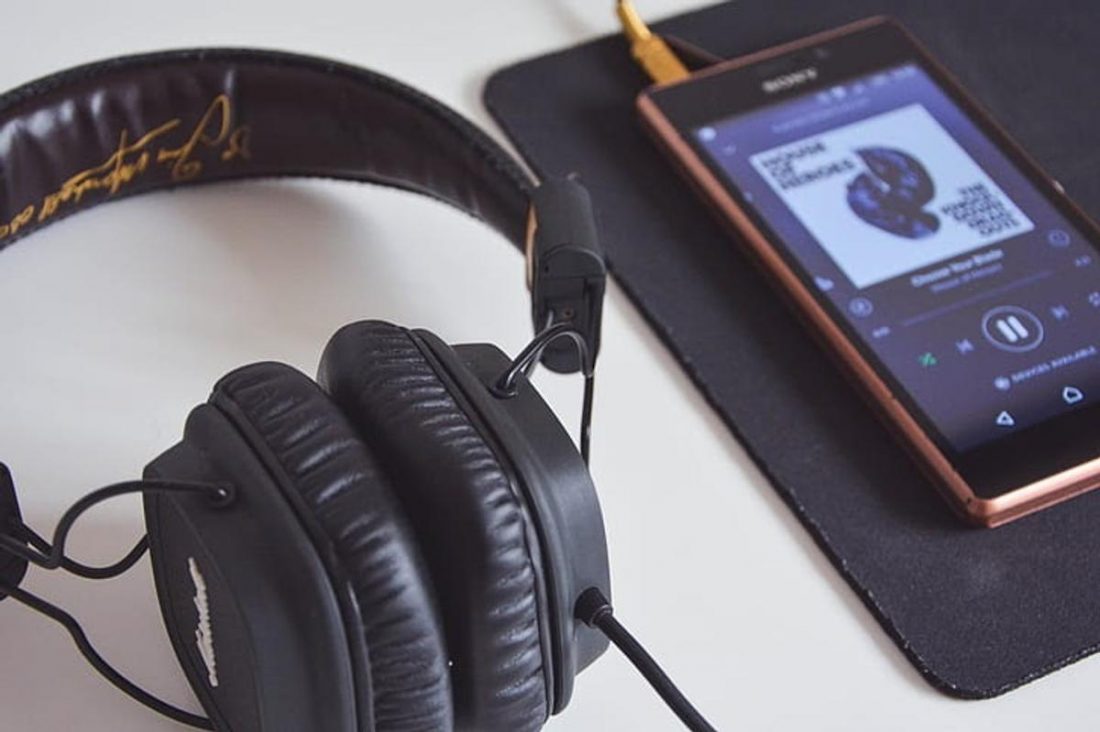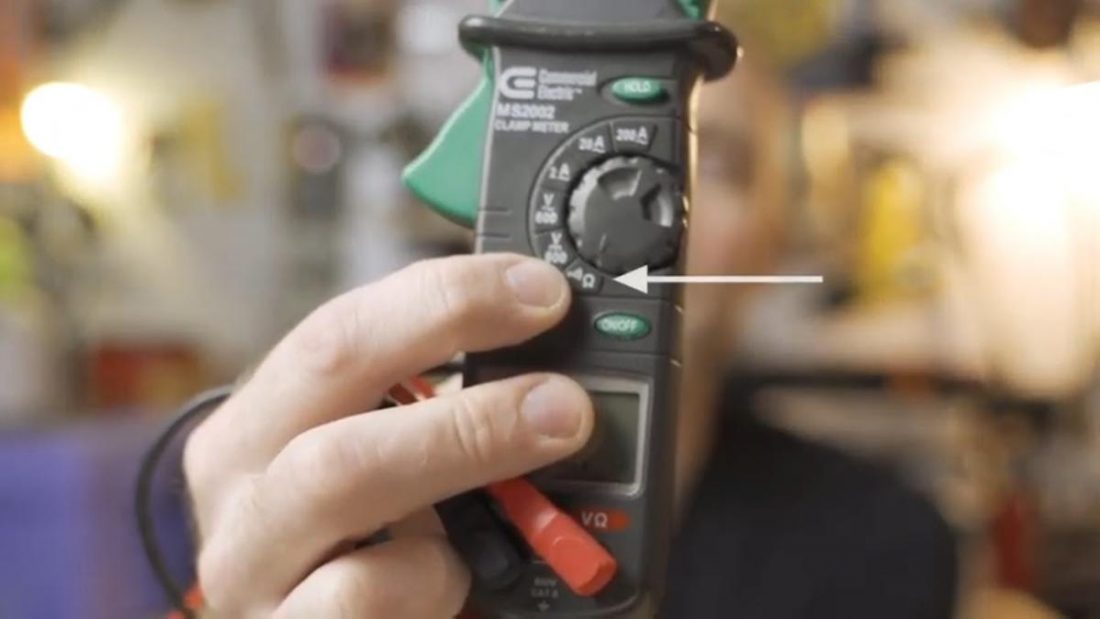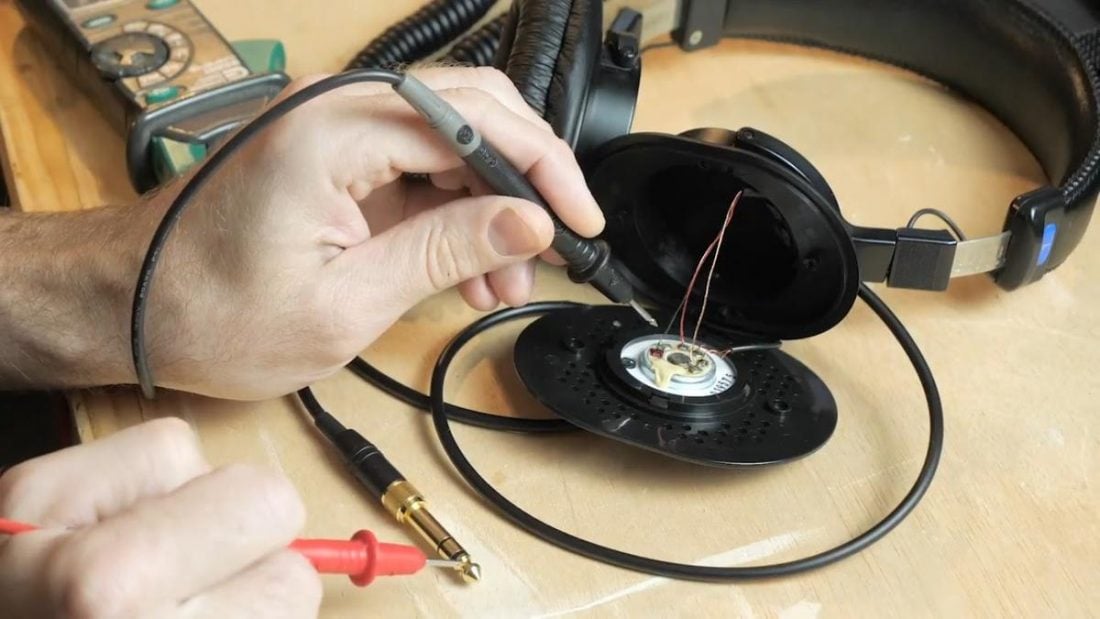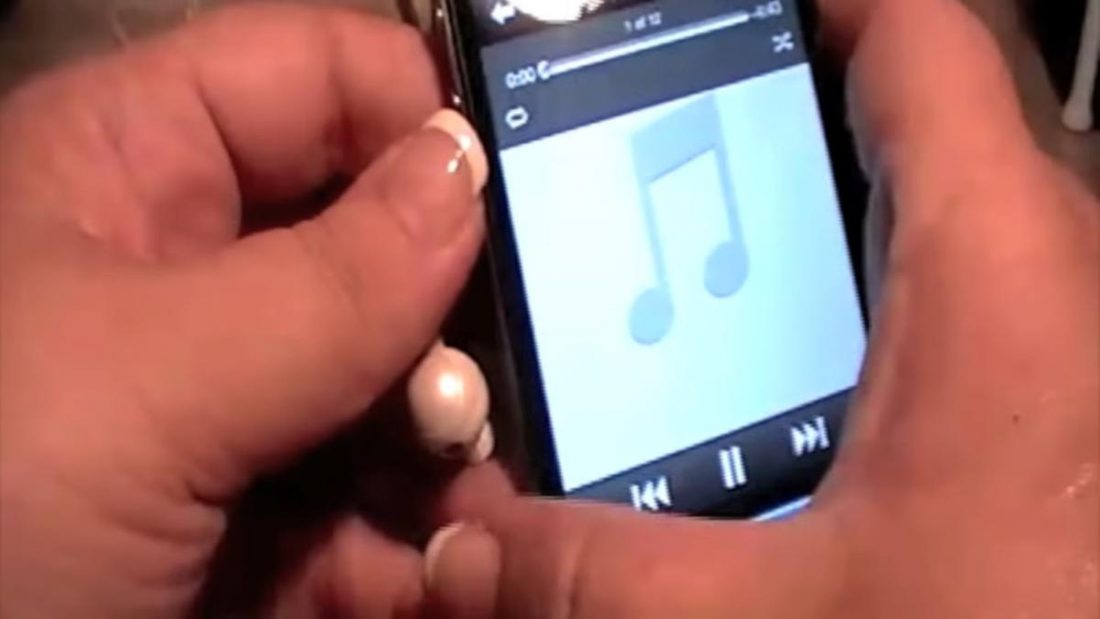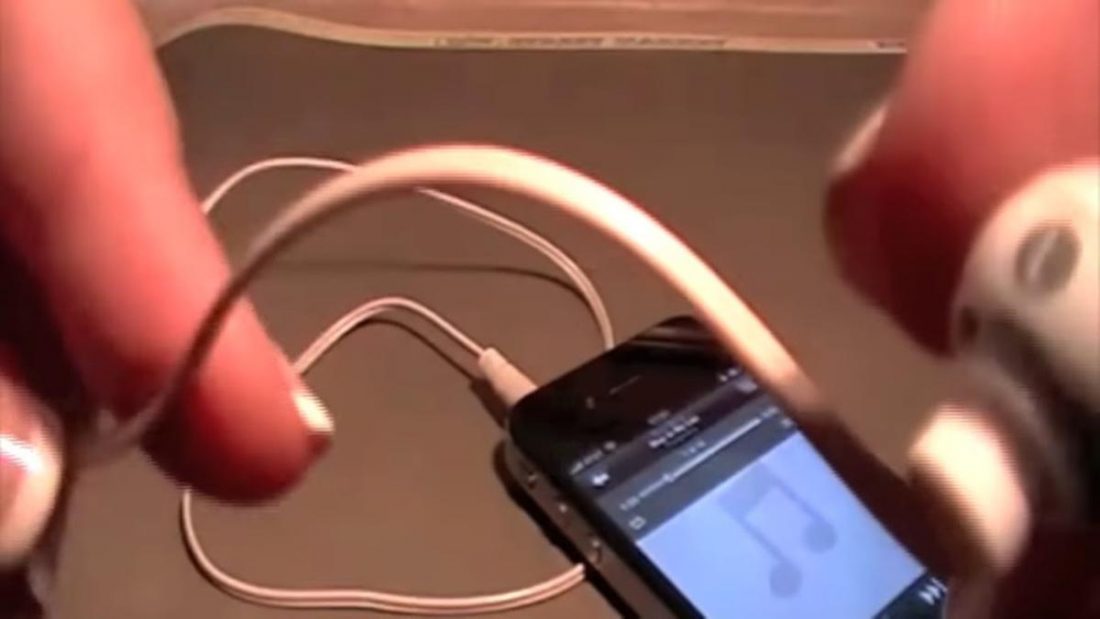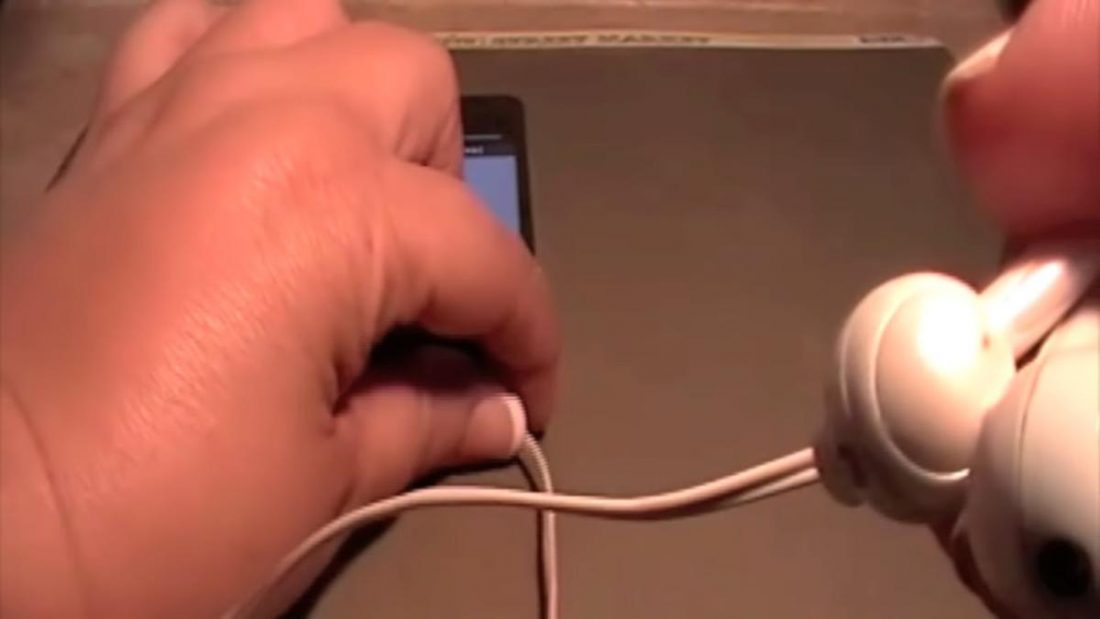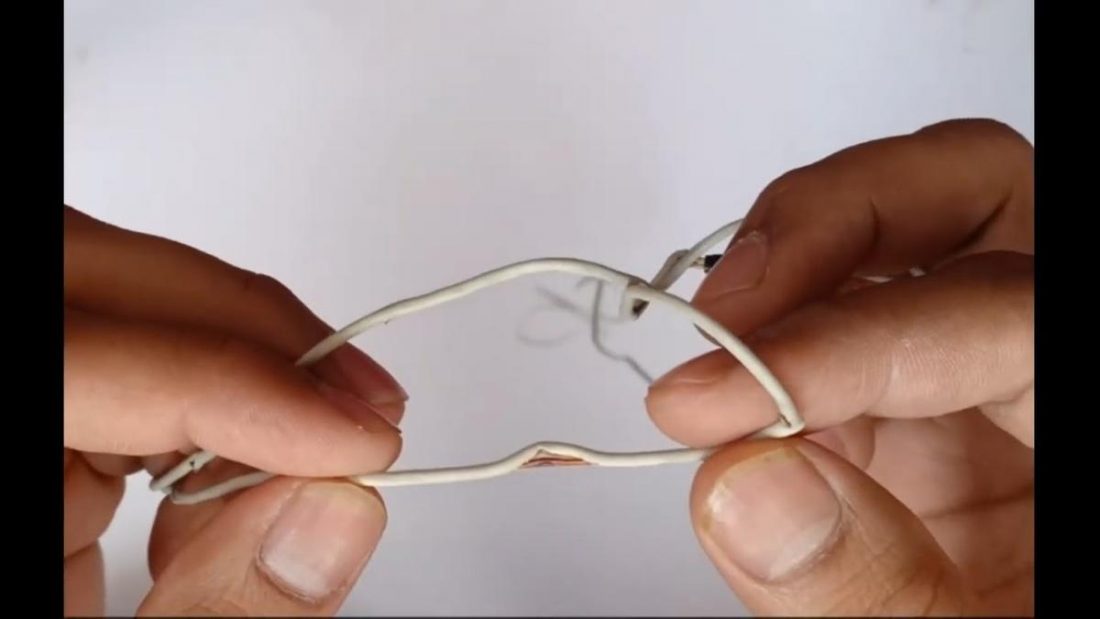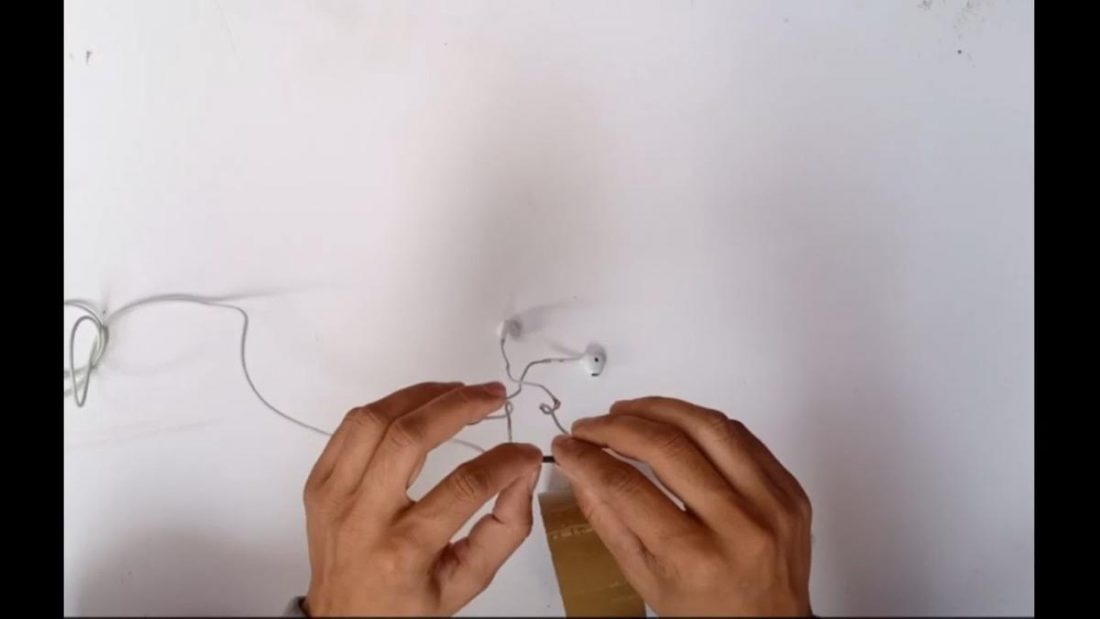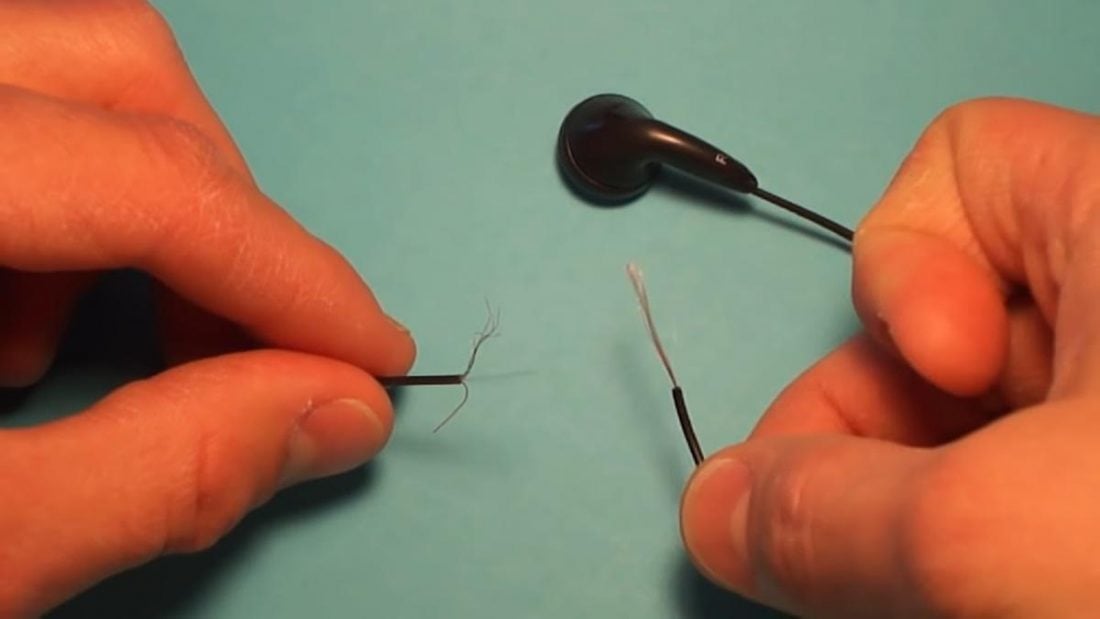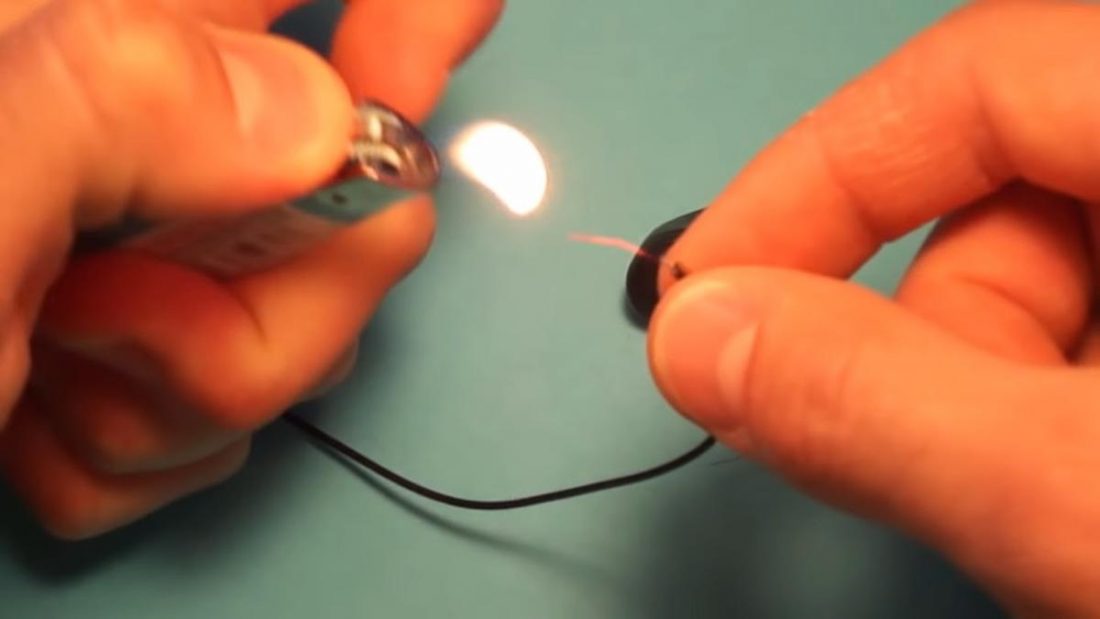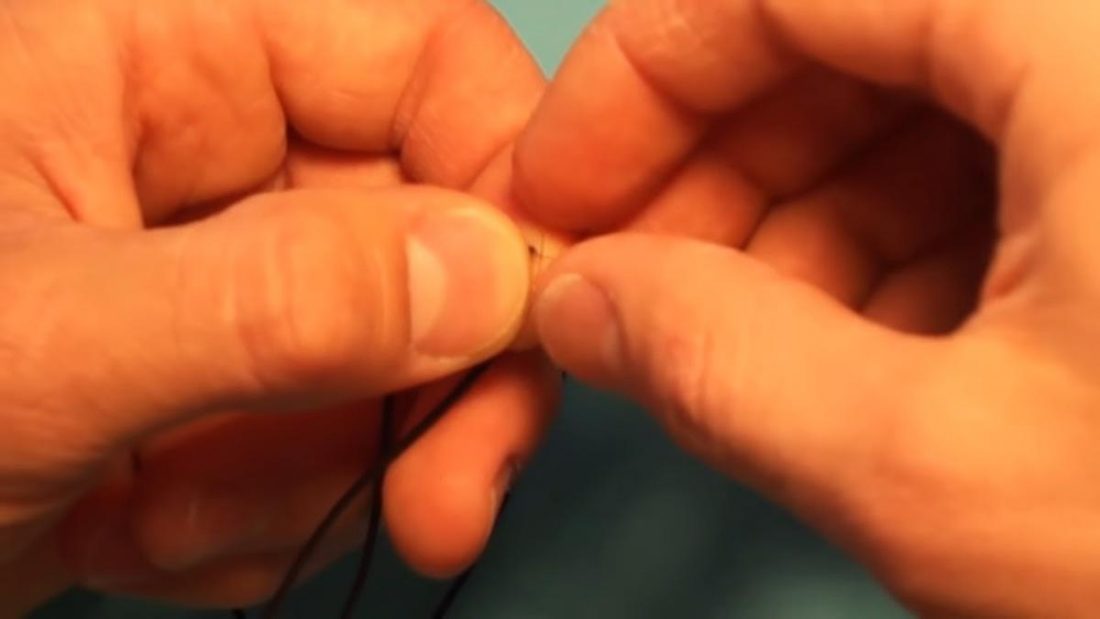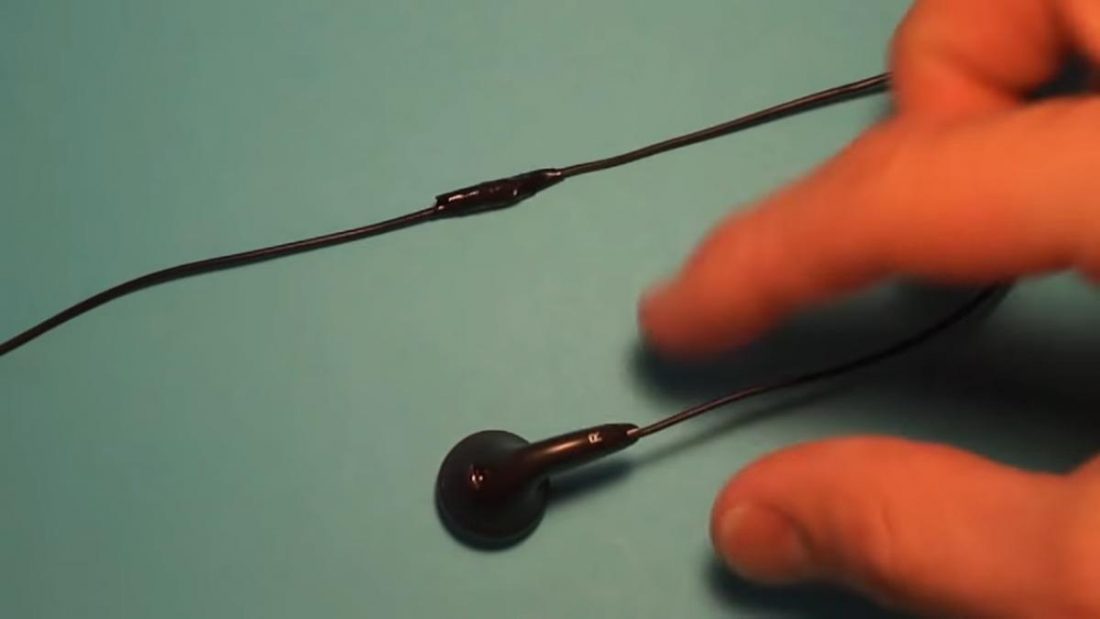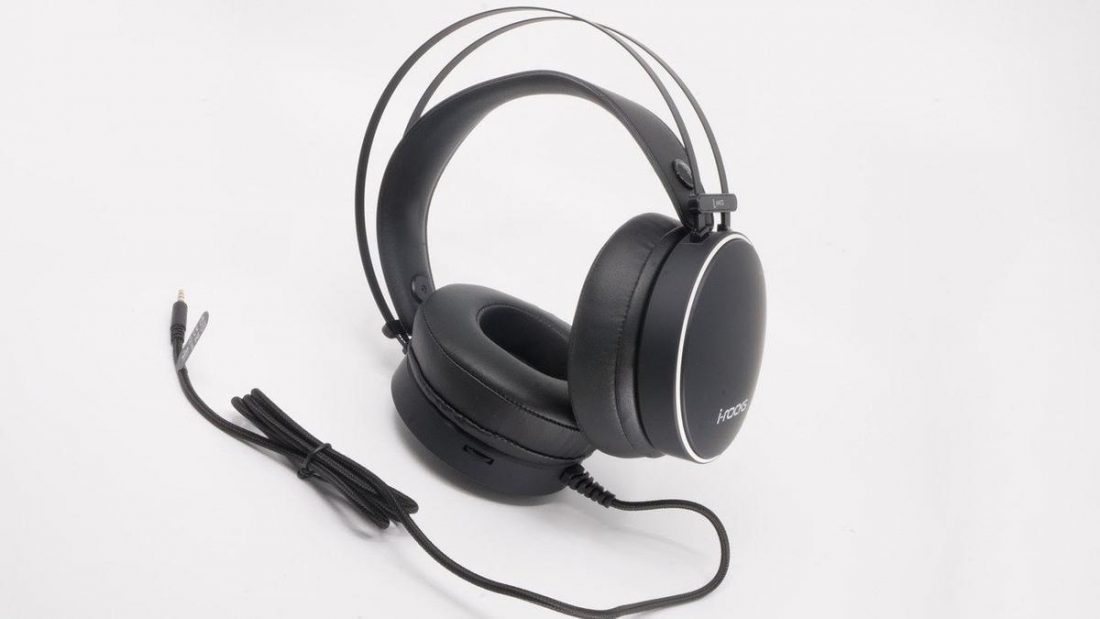A lot of people tend to see a short circuit problem as the end of the line for their headphones. You really can’t blame them, though. No matter how simple it may sound, a short actually is quite a formidable (and deadly to a point) enemy for those who do not know their way around electronics. However, it is nothing that a good sensible guide can handle. For the brave souls out there who stopped and wondered if they could take on the issue themselves, this one’s for you! On the other hand, for those who are still deciding whether to get their hands dirty or not, let this be a sign because today we’ll be talking about how to fix a short in headphones.
What Happens When Headphones Short Out
A short circuit, or short, is a common term for electronic appliances. This is one of the most common issues that can happen to basically anything that runs through electricity. If you haven’t been living under a rock, chances are you’ve experienced a short circuit or two already. Your headphones will surely malfunction or not function at all when it has a short. Here are some of the things you might experience when you have shorted headphones:
Intermittent sound – This is one of the earliest signs of a short circuit. If your headphones cut out when moved, then you’re probably looking at a wiring problem already. Static in sound – Static may mean a lot of things but a short circuit is definitely one of the most reasonable explanations. Simply put, the static you’re hearing may be caused by the fluctuating charges along the wires. Inaudible or change in audio quality – A short can do a lot of things including killing some of the wires and charges inside the line. With that, damaged bass, mid, or highs are common results. This can also cause the headphones to stop working on one ear.
How to Fix a Short in Headphones
Now, this is what you came here for. When it comes to fixing a short in headphones, you can make use of an invasive or a non-invasive approach. But no matter which approach you decide to take, you have to locate the area of the problem first.
Find the problem area
Shorts in headphones aren’t always easily identifiable. Although some of the cases of shorts are caused by visible cuts or any form of damage along the headphone wires, most of the time, the issue is internal. This makes the first step of this guide a challenge right off the bat. But hey, we’re not here to be stopped by something this small, right? There are two ways to find the area of the short circuit. The first is to use a multimeter, and the second is to simply rely on twists and bends. We’ll go through each of these methods one by one.
Using a multimeter
A multimeter is a tool used by electricians to detect changes in current. It is a tool used by professionals but there’s absolutely no harm in using it if you know how to. Here are the steps to use a multimeter:
Through twists and bends
Another way to tell the part where your headphone wires are broken is by doing the “jiggle test”. This is when you basically twist and bend the wire until you hear a difference. Let’s get through the steps one by one.
Fix shorted out headphones without tools
Now, let’s get fixing! The first option on how to fix a short in headphones is the easy method. Believe it or not, you can actually fix a faulty wire with simply a good old electrical duct tape. Here’s how:
Fix shorted out headphones through wire repair
If the non-tool method does not work, then you might need to go for the more complicated way of how to fix a short in headphones. This involves splitting up your headphone wire, removing the broken piece, and joining the remaining wires back again. Sounds complicated? Follow the following steps and everything should turn out well:
How to Prevent Headphones From Shorting Out
As the old saying goes, prevention always is better than the cure and the same goes for headphone shorts. Although headphones and shorts seem inevitable, avoiding them is not an impossible task. Shorts in headphones usually happen when the wire gets stressed or bent. Making your headphones last longer is easy when you know the right things and you follow the tips.
Don’t coil the headphones too tight
Coiling is a habit that we do when keeping our headphones. It is a fast way to cram organizing any wire but we seem to forget that some wires are much more delicate than others. As compared to coiling thick wires such as USB cables, coiling headphone wires require a little more care. If you coil it too tight, it’s not impossible to unintentionally pull apart the wires inside.
Pull the plug, not the cable
You might have heard this reminder already once or twice when your parents were teaching you how to plug out your new microwave. Well, the same reminder and principle apply to headphone cables. When removing the headphone cord from your phone or any device, be sure to hold the plug and not the cable. The juncture between the wire and the plus is very sensitive and vulnerable so pulling the cable increases tension in the area. Doing this can also prevent other physical issues in the headphones such as a loose headphone jack or a bent plug.
Turn down the volume before plugging or unplugging
Now this one has a lot to do with the electrical signals being sent from your device to your headphones. Always keep in mind that electricity is flowing through those wires and plugging in or out suddenly without any regards to the volume can literally shock your speakers. Although a lot of phones today have this function embedded in their programs already, just be sure to turn down the volume when plugging or unplugging your headphones. This should give your devices a smooth connection that will lessen long-term damage.
Conclusion
And that’s how to fix a short in headphones. Although it can get messy and challenging, nothing’s more rewarding than actually succeeding in something you’re doing for the first time. A lot of us have built a strong connection with our headphones already so fixing them with your own hands definitely is one of the best feelings out there. For other headphone problems, check out our article on how to fix broken headphones. Yet, if all else fails, it might be time to replace your old headphones with a new pair. If you’re having trouble letting go, we’ve come up with different ideas on what you can do with your broken headphones. Do you have any personal tips or suggestions when it comes to fixing a short in headphones? Tell us more!

